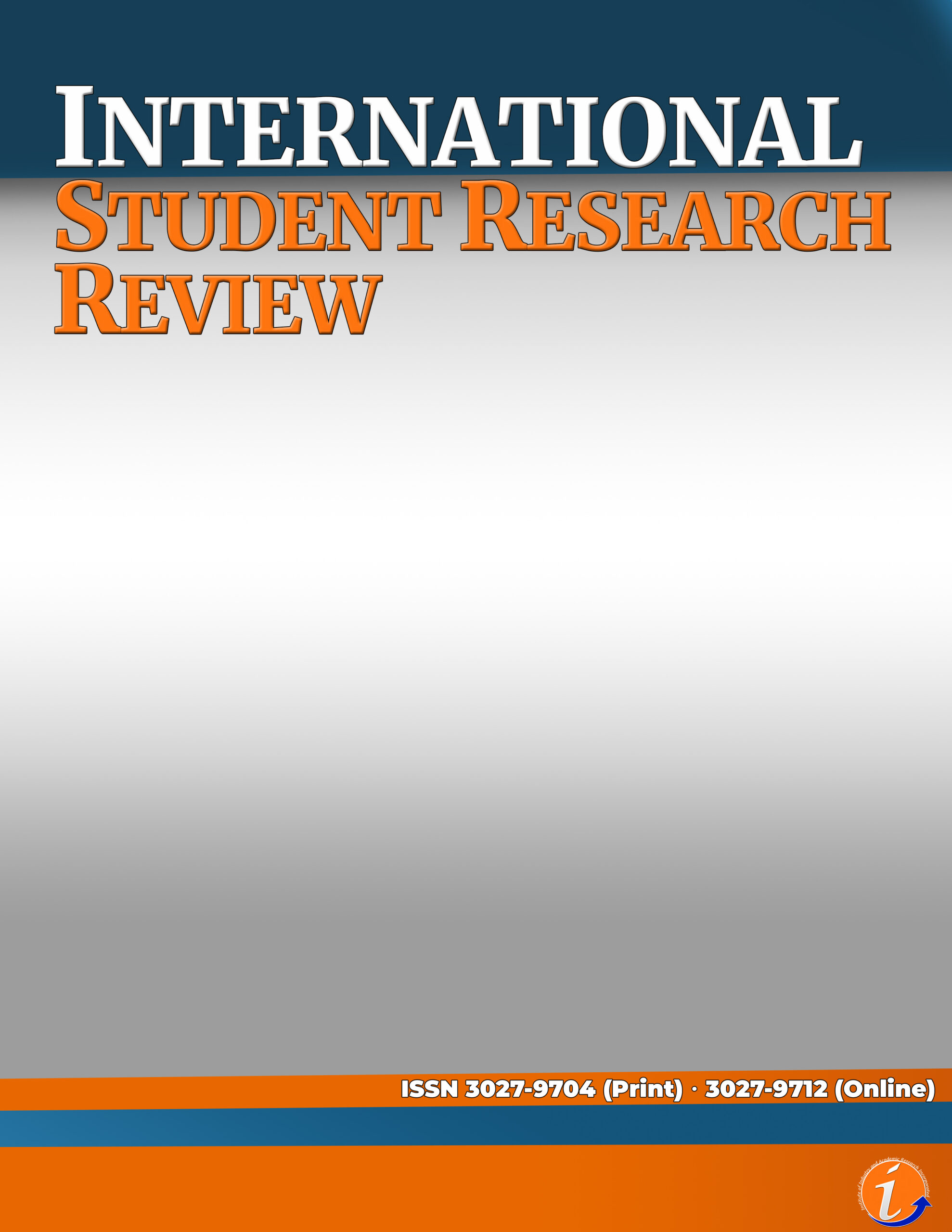Abstract
Massage as a camouflage for prostitution using the online dating application is one of the rarely explored topics. This qualitative study, in the form of a narrative, presents a comprehensive story of the lives and situational experiences, vulnerabilities, and resiliencies of five freelance male sex masseurs. Using a narrative approach involves inquiry directed at narratives of human experience or inquiry that produces data in a narrative (Creswell, 2013). This study highlights the participants’ motivation and exposure to engage as a sex massage therapist. The study revealed that participants had varying reasons for entering this kind of career; the common denominator in offering extra service was that they came from poor families, were abused victims, and had low academic performance. The love for their families, easy money above all, a personal choice motivates them to engage in sex massage. For most participants, part of their motivation is the economic benefit, which bolsters the position of an economic necessity to alleviate their financial conditions. Further, their current personal circumstances, specifically the lack of job opportunities due to their educational attainment, limit their choices of profession.
Keywords: extra service, prostitution, narrative inquiry, sex massage, male masseur, online sex work
*This paper is presented at the 4th International Conference on Multidisciplinary Industry and Academic Research (ICMIAR) 2023
References
Ahart, G. J. (1982). Sexual Exploitation of Children–A Problem of Unknown Magnitude. Report to the Chairman, Subcommittee on Select Education, House Committee on Education and Labor.
Allen, D. M. (1980). Young male prostitutes: A psychosocial study. Archives of Sexual Behavior, 9, 399-426.
Bandura, A. (1997) Self-efficacy: The exercise of control, New York, NY: W.H. Freeman.
Baranowski, T., Perry, C.L., & Parcel, G.S. (2002). How Individuals, Environments, and Health Behavior Interact. Health Behavior and Health Education: Theory, Research, and Practice (3rd Edition). San Francisco, CA: Jossey-Bass.
Bryman, A., & Bell, E. (2007). Business Research Methods (2nd ed.). Oxford: Oxford University Press.
Burgess-Limerick, T., & Burgess-Limerick, R. (1998). Conversational interviews and multiple-case research in psychology. Australian Journal of Psychology, 50(2), 63-70.
Butina, M. (2015). A narrative approach to qualitative inquiry. Clinical Laboratory Science, 28(3), 190-196.
Caukins, S. E., & Coombs, N. R. (1976). The psychodynamics of male prostitution. American Journal of Psychotherapy, 30(3), 441-451.
Clandinin, D. J., & Connelly, F. M. (2000). Narrative inquiry: Experience and story in qualitative research. San Francisco: Jossey-Bass Publishers.
Coombs, N. R. (1974). Male prostitution: A psychosocial view of behavior. American Journal of Orthopsychiatry, 44(5), 782-789.
Creswell J.W. (2014). Research Design: Qualitative, Quantitative, and Mixed Methods Approaches (4th ed.). Thousand Oaks, CA: SAGE Publications, Inc.
Creswell J.W. (2013). Qualitative Inquiry & Research Design: Choosing Among the Five Approaches (3rd ed.). Thousand Oaks, CA: SAGE Publications, Inc.
Creswell J.W. (2007). Qualitative Inquiry & Research Design: Choosing Among Five Approaches (2nd ed.). Thousand Oaks, CA: SAGE Publications, Inc.
Crotty, M. (1998). Foundations of Social Research: Meaning and perspective in the research process (1st ed.). Routledge.
Delplanque, S., Coppin, G., Bloesch, L., Cayeux, I., & Sander, D. (2015). The mere exposure effect depends on an odor’s initial pleasantness. Frontiers in psychology, 6, 911.
Fajardo, B. and Pansacola M.A. (2013). Hilot: The Science of the Ancient Filipino Healing Arts. Anvil Publishing, Inc.
Friesen, P., Kearns, L., Redman, B., & Caplan, A. L. (2014). Rethinking the Belmont report. The American Journal of Bioethics, 17(7), 15-21.
Glesne, C. (2006). Becoming Qualitative Researchers: An Introduction (3rd ed.). Boston, MA: Pearson Education, Inc.
Going, N. (2008). Resiliency in the choice to prostitute: A narrative phenomenological approach. The Chicago School of Professional Psychology.
Gray, D. (1973). Turning-out: A study of teenage prostitution. Urban Life and Culture, 1(4), 401-425.
Kim, J. H. (2011). Narrative inquiry into (re) imagining alternative schools: A case study of Kevin Gonzales. International Journal of Qualitative Studies in Education, 24(1), 77-96.
Koken, J. A., Bimbi, D. S., Parsons, J. T., & Halkitis, P. N. (2004). The experience of stigma in the lives of male internet escorts. Journal of Psychology & Human Sexuality, 16(1), 13-32.
Khan, M. S., Johansson, E., Zaman, S., Unemo, M., Rahat, N. I., & Lundborg, C. S. (2010). Poverty of opportunity forcing women into prostitution–a qualitative study in Pakistan. Health care for women international, 31(4), 365–383. https://doi.org/10.1080/07399330903349707
Lankenau, S. E., Clatts, M. C., Welle, D., Goldsamt, L. A., & Gwadz, M. V. (2005). Street careers: Homelessness, drug use, and sex work among young men who have sex with men (YMSM). International Journal of Drug Policy, 16(1), 10-18.
Lewis, O. (1966). The culture of poverty. Scientific american, 215(4), 19-25.
Mannino, J. D. (1989). The relationship of child abuse and other characteristics among young adult male prostitutes. University of San Francisco.
Marshall, C., & Rossman, G. B. (2014). Designing qualitative research. Sage publications.
McLeod, S. A. (2019). Psychosexual stages. Simply Psychology. www.simplypsychology.org/psychosexual.html
Merriam, S. B. (2009). Qualitative Research: A Guide to Design an Implementation. San Francisco, CA: Jossey-Bass
Nabavi, R. T. (2012). Bandura’s social learning theory & social cognitive learning theory. Theory of Developmental Psychology, 1, 24.
Nguyen, H. M. (2017). Understanding male sex work: a literature review. J Subst Abuse Alcohol, 5(1), 1054.
Paperny, D. M., & Deisher, R. W. (1983). Maltreatment of adolescents: the relationship to a predisposition toward violent behavior and delinquency. Adolescence, 18(71), 499–506.
Patton. M. Q. (2002). Qualitative research and evaluation methods (3rd ed.). Thousand Oaks, CA: Sage Publications.
Saldaña, J. M. (2015). The coding manual for qualitative researchers (3rd ed.). SAGE Publications.
Samis, E. C. (2021). Understanding the Process of Becoming Male Sex Workers. Asian Journal of Behavioural Sciences, 3(1), 105-112.
Singer, J. A. (2004). Narrative identity and meaning making across the adult lifespan: An introduction. Journal of personality, 72(3), 437-460.
Tuason, M. (2002). Culture of Poverty: Lessons From Two Case Studies of Poverty in the Philippines; One Became Rich, the Other One stayed Poor. Online Readings in Psychology and Culture, 8 (1). https://doi.org/10.9707/2307-0910.1069
Wilkie, D.J., Kampbell, J., Cutshall, S., Halabisky, H., Harmon, H., Johnson, L.P., Weinacht, L. & Rake-Marona, M. (2000). Effects of Massage on Pain Intensity, Analgesics and Quality of Life in Patients with Cancer Pain: A Pilot Study of a Randomized Clinical Trial Conducted within Hospice Care Delivery. The Hospice Journal, 15(3), 31-53.
Wiryawan, I. W. G., & Bunga, D. (2018). Sex Massage Therapy at Spa: A New Form of Prostitution. In SHS Web of Conferences (Vol. 54, p. 07008). EDP Sciences.













